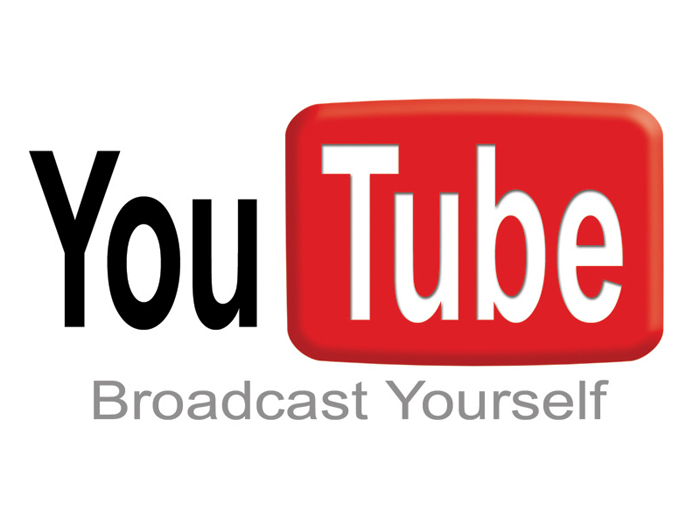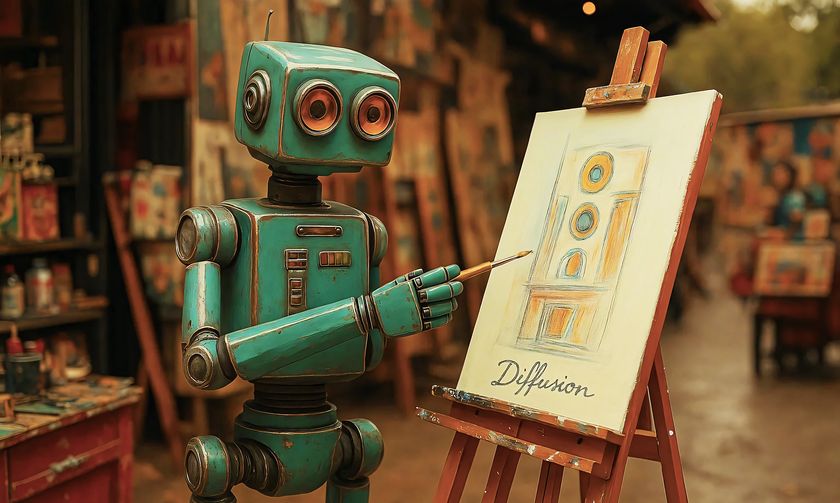The great YouTube 'virtual classroom' experiment
Is it possible to teach using only the power of Web 2.0?

A professor of media studies in the US has conducted an interesting experiment intended to compare the effectiveness of an entirely online learning experience versus traditional teaching in a physical classroom.
Professor Alex Juhasz from PitzerCollege in California launched a unique course entitled “Learning from YouTube” in the winter of 2007. As the name of the course implies, the course was held entirely within the realms of the popular video-hosting site.
As Juhasz herself explains in a written summary of her experiences for OpenCulture although the course limited itself to studying YouTube the overarching aim to explore the potential of Web 2.0 as a primary learning tool.
“I wanted the course to primarily consider how Web 2.0 – in this case, specifically YouTube – is radically altering the conditions of learning (what, where, when, how we have access to information),” wrote Juhasz.
In practical terms this meant all classes were “taped and hosted” on YouTube, while all student assignments were submitted as either comments or video responses.
Could do better
Did it work? Well, according to Juhasz, despite the “many resources” that YouTube offers there remain “even greater limitations” to the site. Juhasz was able to identify six main areas – or “binaries” as she calls them – where these limitations were most acute.
Get daily insight, inspiration and deals in your inbox
Sign up for breaking news, reviews, opinion, top tech deals, and more.
- Public/private – the intimacy and “safety” of students sitting in a physical classroom was disrupted by critical, semi-anonymous YouTube viewers who ultimately had no stake in the outcome of the course.
- Aural/visual – the 500 character limit on YouTube’s comments and regularity of web-speak tended to dumb down discussion.
- Body/digital – the lack of a physical presence severely limits and diminishes the importance played by eye contact and other non-verbal cues in the classroom in regulating discussion and preventing a free-for-all.
- Amateur/expert – Juhasz notes that while many YouTube aficionados might enjoy the way that the site allows amateurs to challenge and even knock ‘expert’ opinion, within a learning environment this makes structured teaching all but impossible.
- Entertainmen/education – striking a balance between keeping the attention of students through entertaining them while still feeding them information is much harder online.
- Control/chaos – the classroom, notes Juhasz, “is not the random chaos of information and power which is YouTube. For effective education, structure remains paramount.”
So there you have it. In spite of the educational benefits and enhanced learning opportunities presented by Web 2.0 applications such as YouTube a place remains for the humble classroom and blackboard. Are we alone is finding that somehow reassuring. Please send us your comments below.













